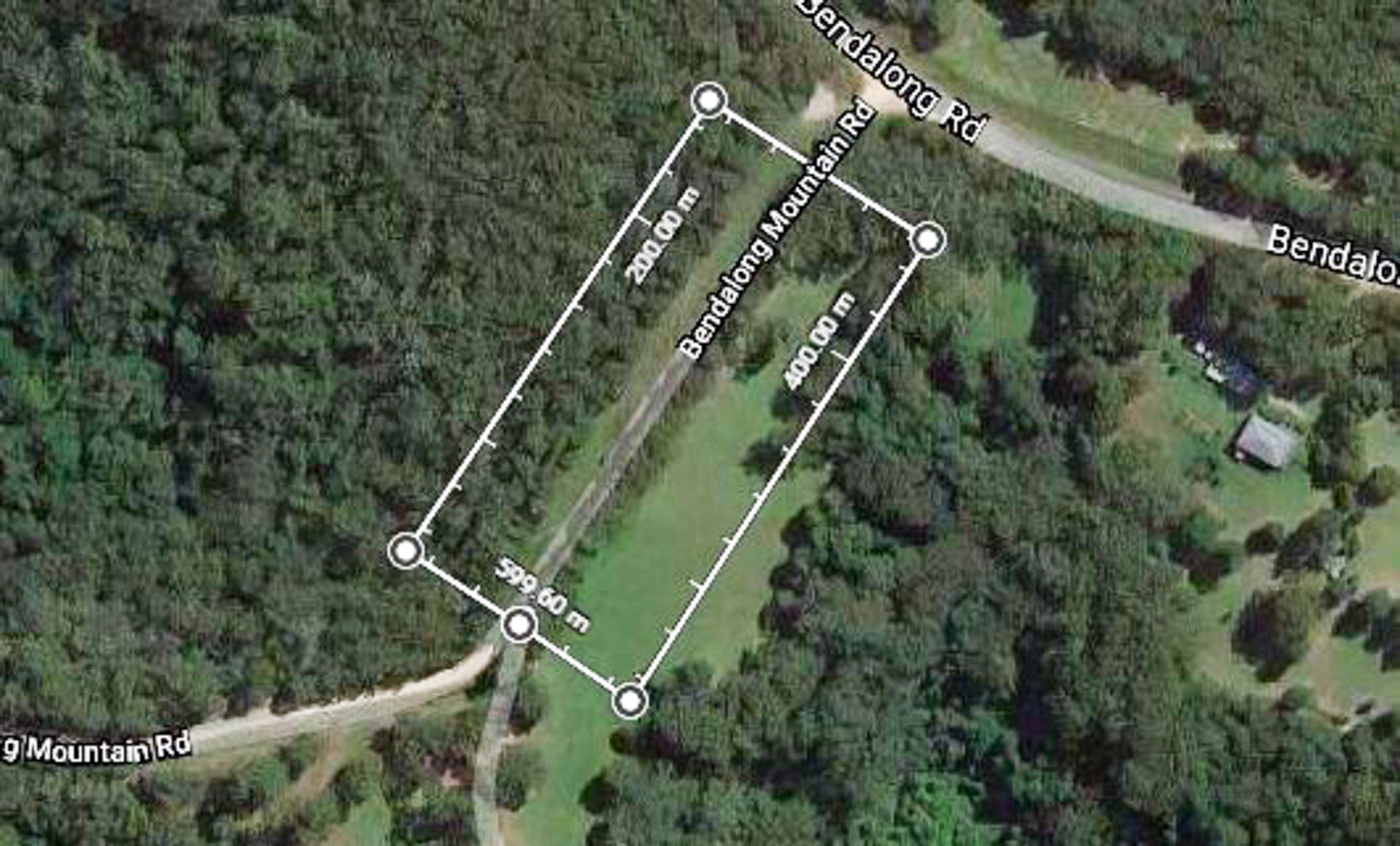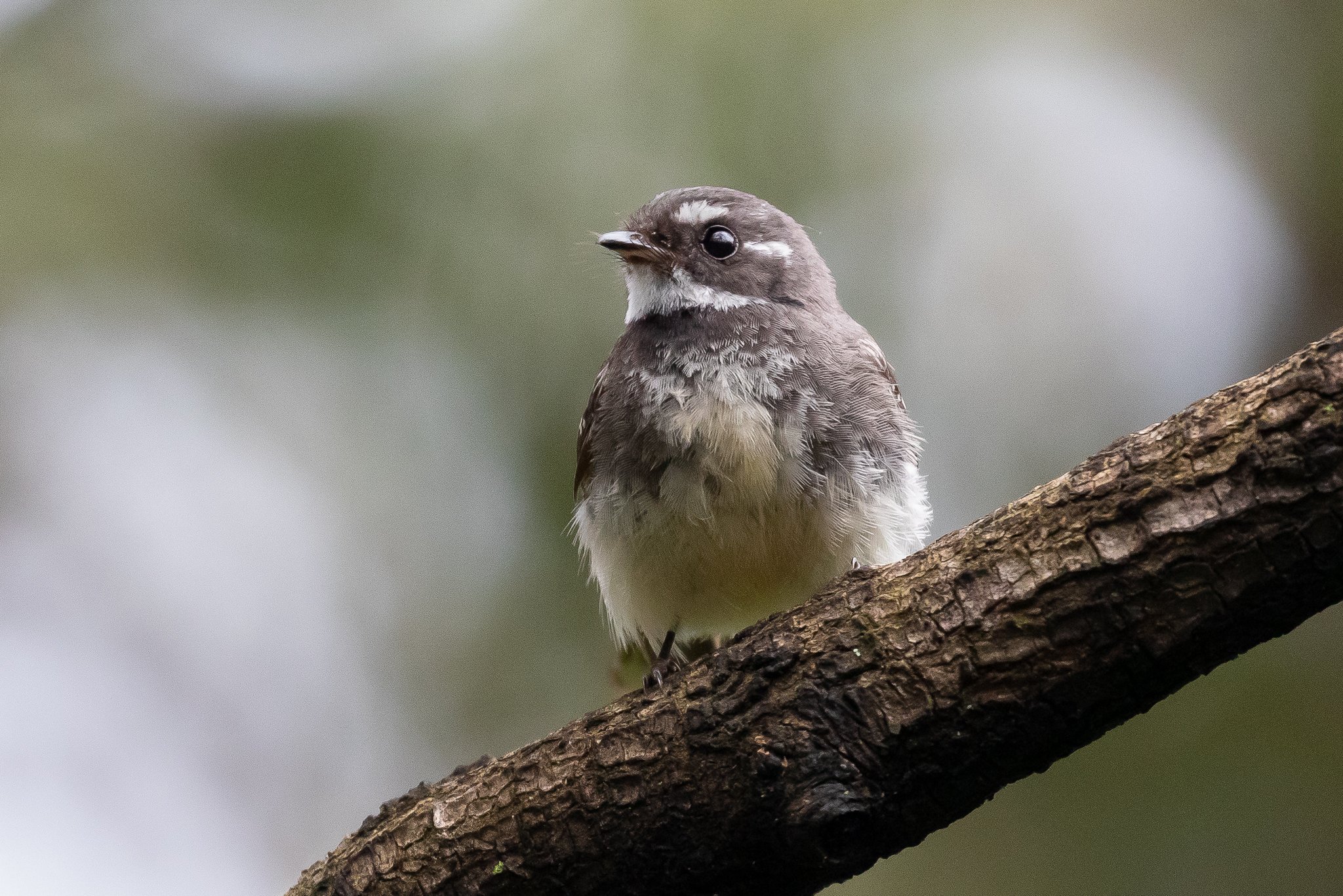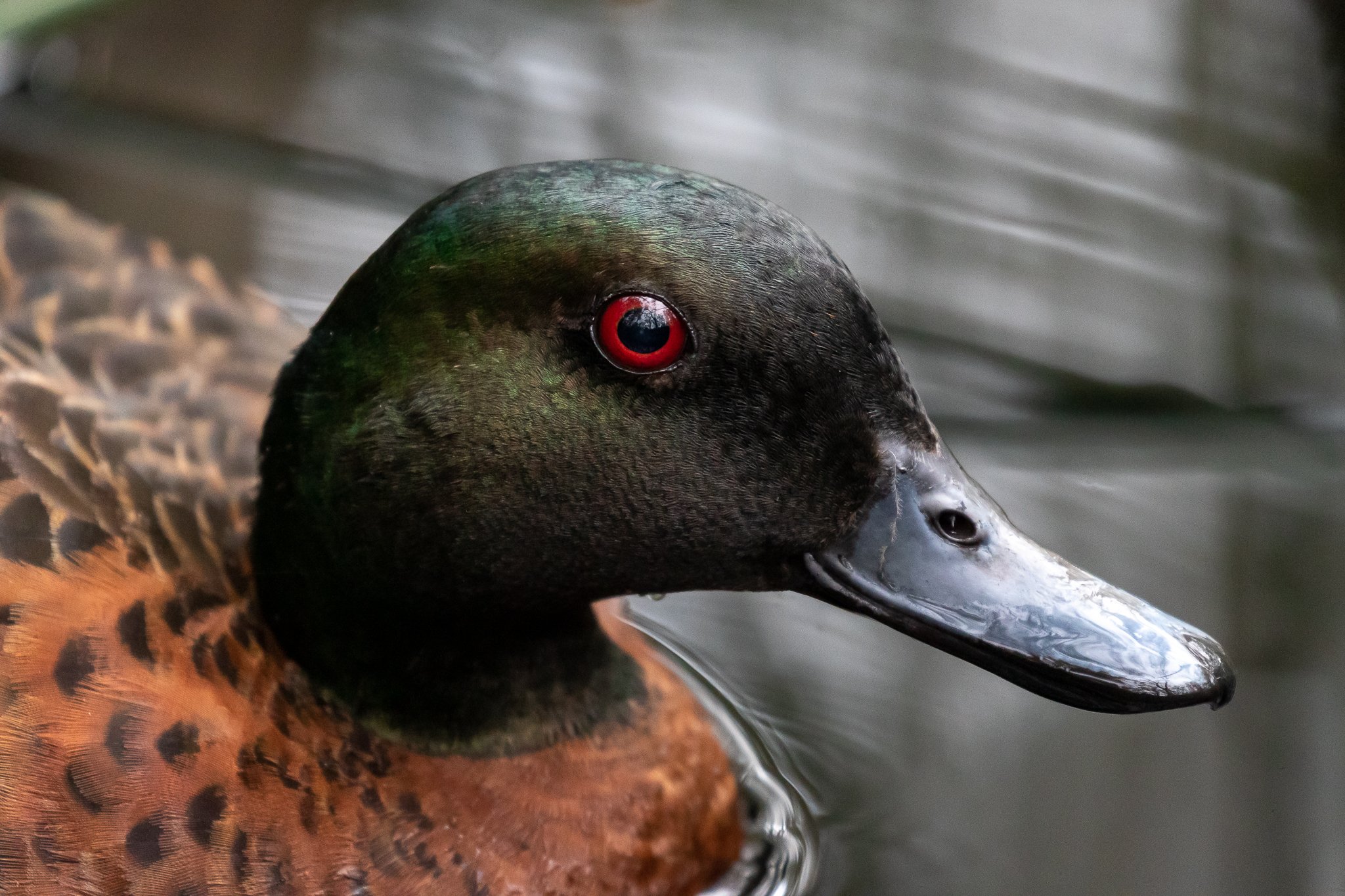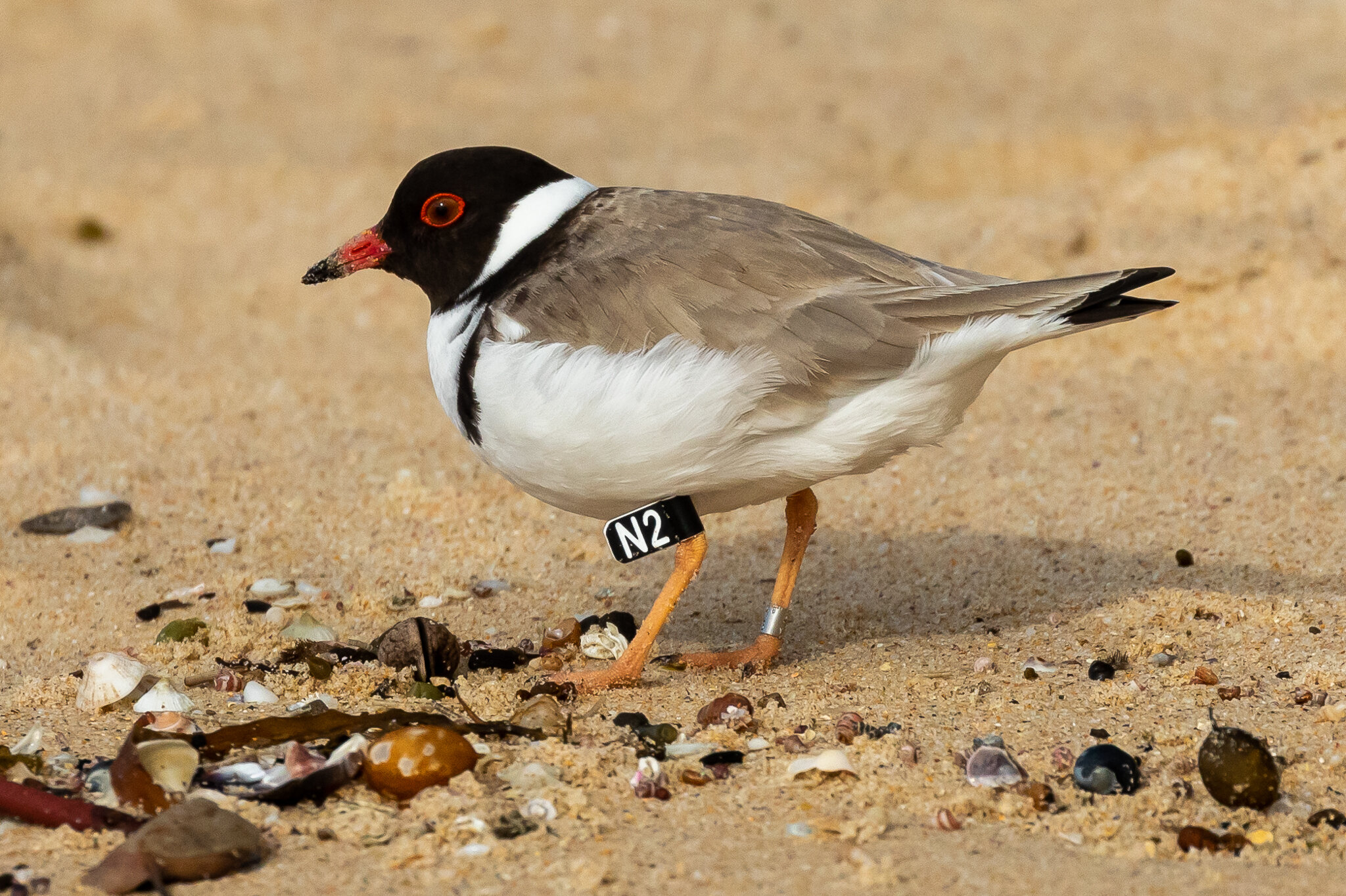My garden bird species list in the coastal township of Bendalong is still growing as birds adapt to changes due to the Currowan Bushfire and the heavy rains that have followed.
The Brown Thornbill (10 cm) is the most common of the “Small Brown Birds” that frequent the Shoalhaven area and is currently visiting the garden more often than before.
Figbirds are reasonably common near the coast during summer but this female and her mate were the first I had recorded.
The Eastern Spinebill is a regular visitor but it has been having a tough time recently due to a build up in numbers of Little Wattlebirds, who compete for the nectar from these Salvia flowers.
The Eastern Koel is a regular over the summer. This rather ragged young male is losing the last of his (brown) juvenile colours. Together with the Figbirds the Koels should be making their way north at this time of the year. Koels, being a cuckoo, are often raised by Red Wattlebirds in this area but this is a species that has almost disappeared locally losing out to the Little Wattlebirds after the bushfires.
























































